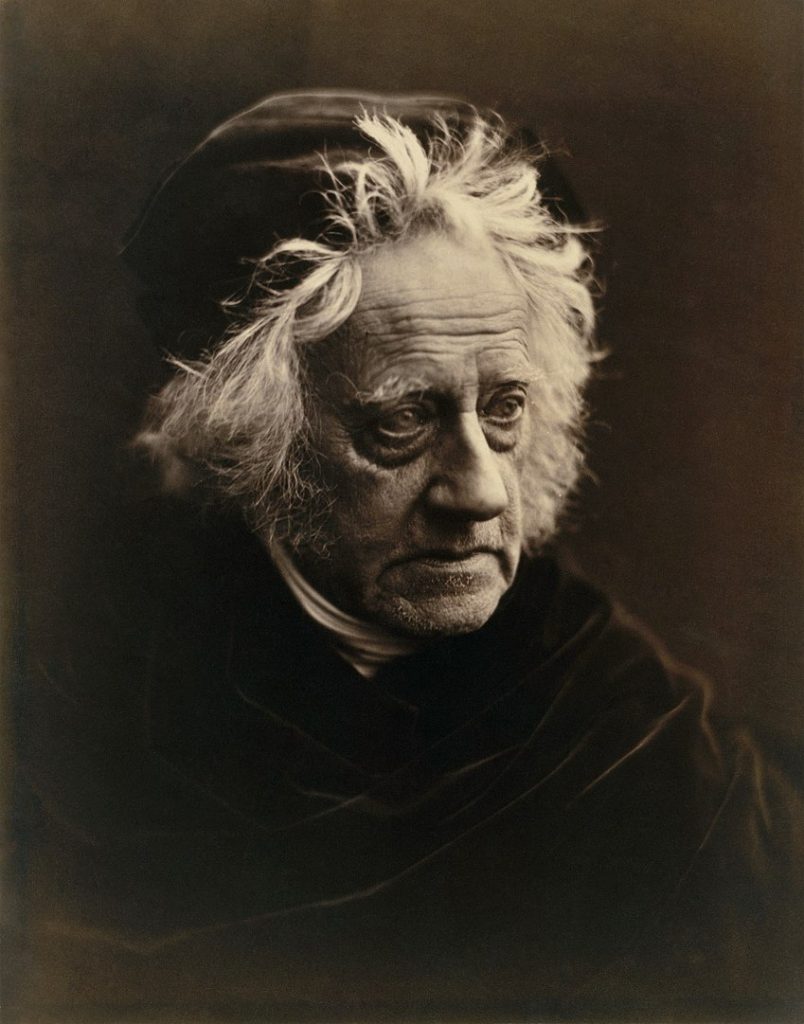
Julia Margaret Cameron (1815–1879) was a pioneering British photographer known for her powerful and emotive portraits and for her innovative approach to the medium of photography. Born in Calcutta, India, to a British official of the East India Company and a French aristocrat, Cameron grew up in a culturally and intellectually rich environment. It wasn’t until the later years of her life, at the age of 48, that she began to engage seriously with photography, a pursuit that would lead her to become one of the most significant figures in the history of the art form.
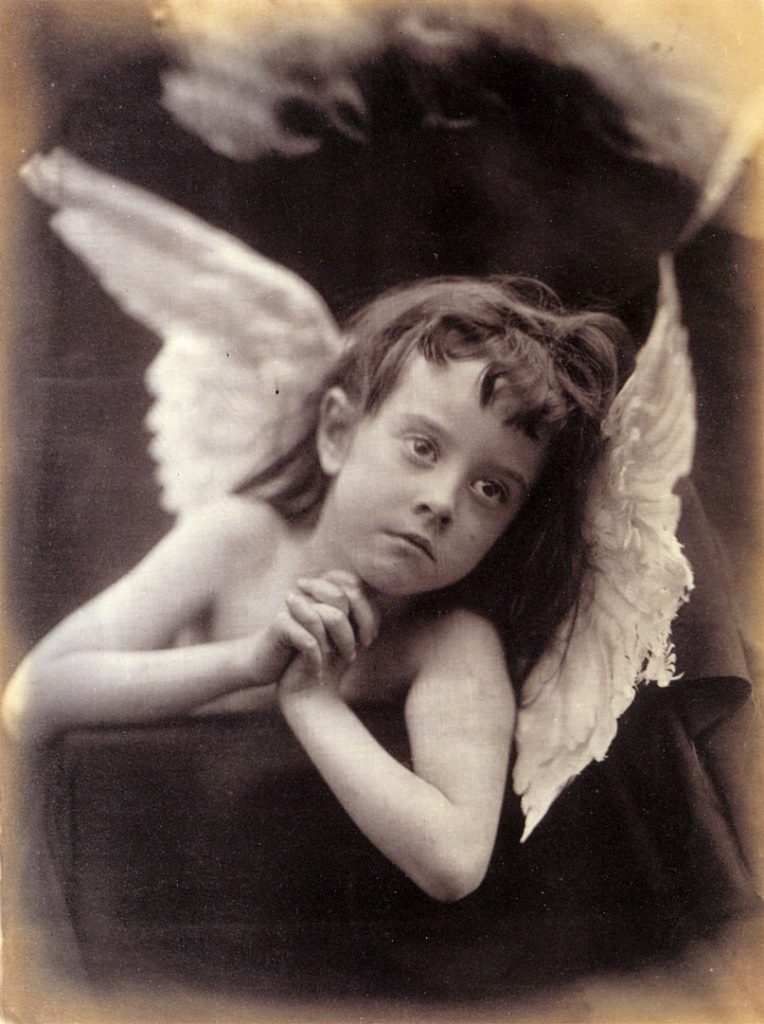
Cameron received her first camera as a gift from her daughter and son-in-law in 1863, sparking a passion that would define the rest of her life. Despite her relatively late start, she embraced photography with fervor and dedication, setting up a home studio at Dimbola Lodge on the Isle of Wight, where she lived for most of her photographic career.
Strange Techniques
Cameron was largely self-taught, and her work was characterized by an unusual technique for the time. She often favored soft focus and close-up compositions, which were in stark contrast to the sharp, detailed images that dominated photography during her era. This approach, although sometimes criticized by her contemporaries, is now celebrated for its artistic depth and emotional intensity.
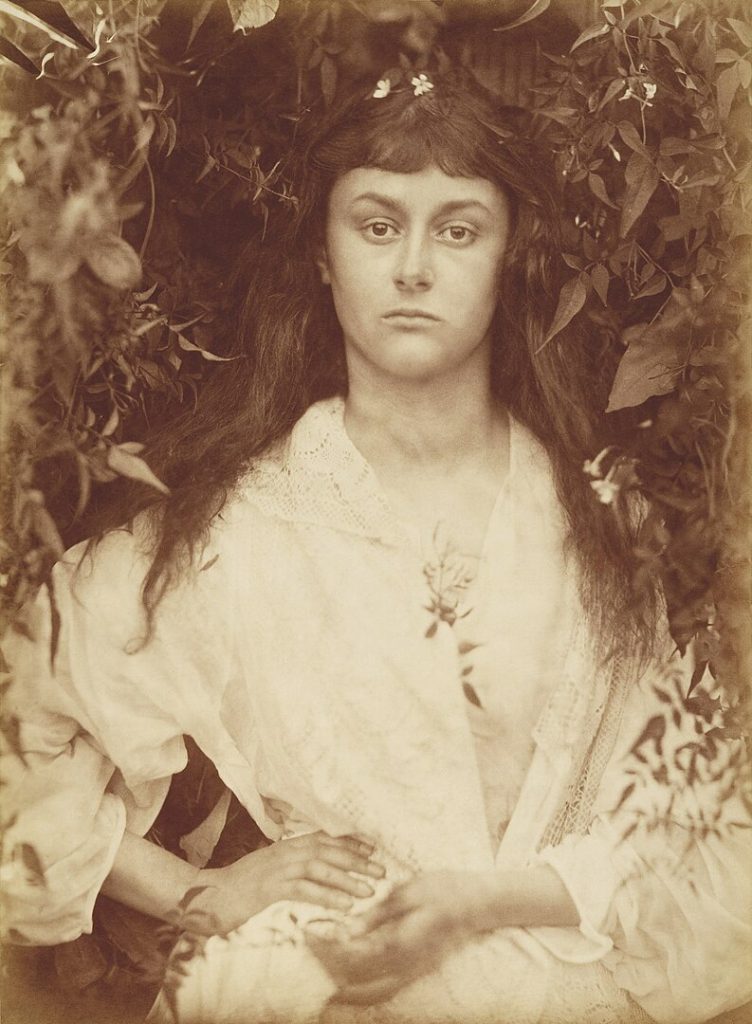
Cameron’s portraits often featured historical, allegorical, and religious themes, with subjects posed in costumes and settings that evoked the grandeur and drama of classical paintings. She photographed many notable figures of the Victorian era, including scientists, artists, and writers, such as Charles Darwin, Alfred Lord Tennyson, and John Herschel, capturing their personalities with an intimacy and directness that was groundbreaking at the time.
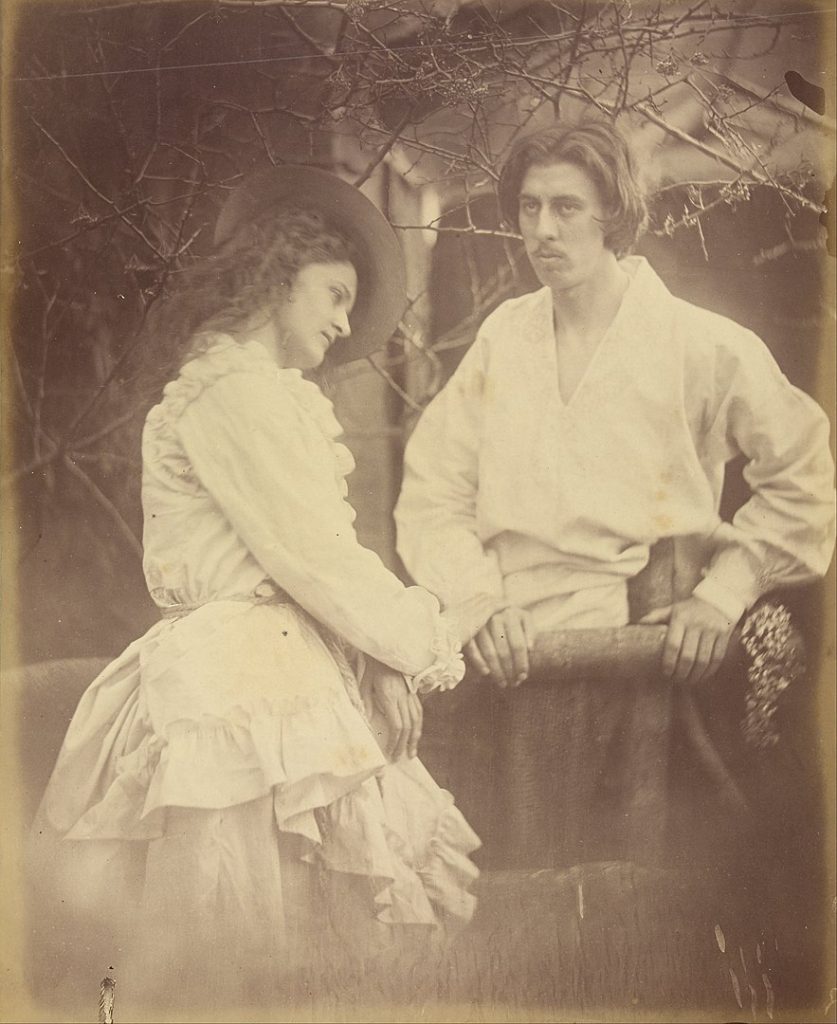
A significant aspect of Cameron’s work was her ability to convey a deep sense of humanity and soulfulness in her subjects, whether they were famous personalities or household staff and local residents who often served as models for her allegorical compositions.
Ethereal Qualities
Her photographs of women and children, in particular, are noted for their ethereal quality and for challenging the traditional roles and representations of women in Victorian society.
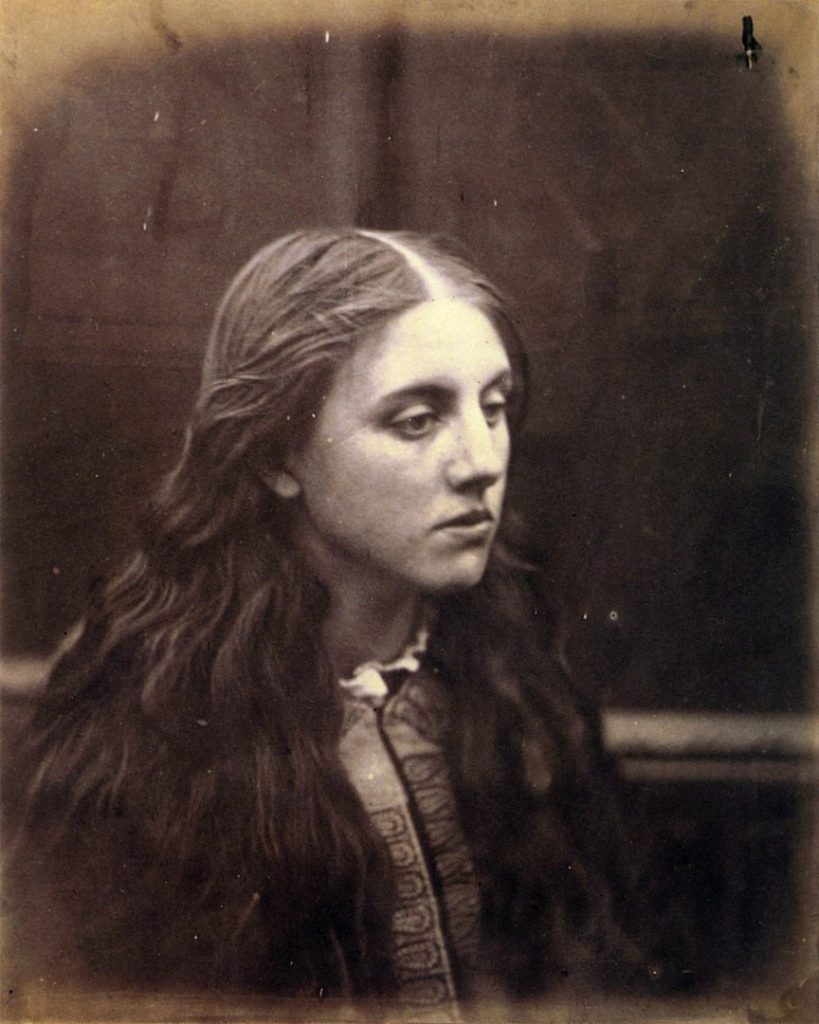
Cameron was also a member of the Photographic Societies of London and Scotland, through which she gained some recognition during her lifetime, though her work was often met with mixed reviews. Critics targeted her technical imperfections, such as blurred edges and unusual compositions. However, Cameron defended her style vigorously, arguing that her artistic choices were intentional and aimed at capturing the spiritual and emotional essence of her subjects.
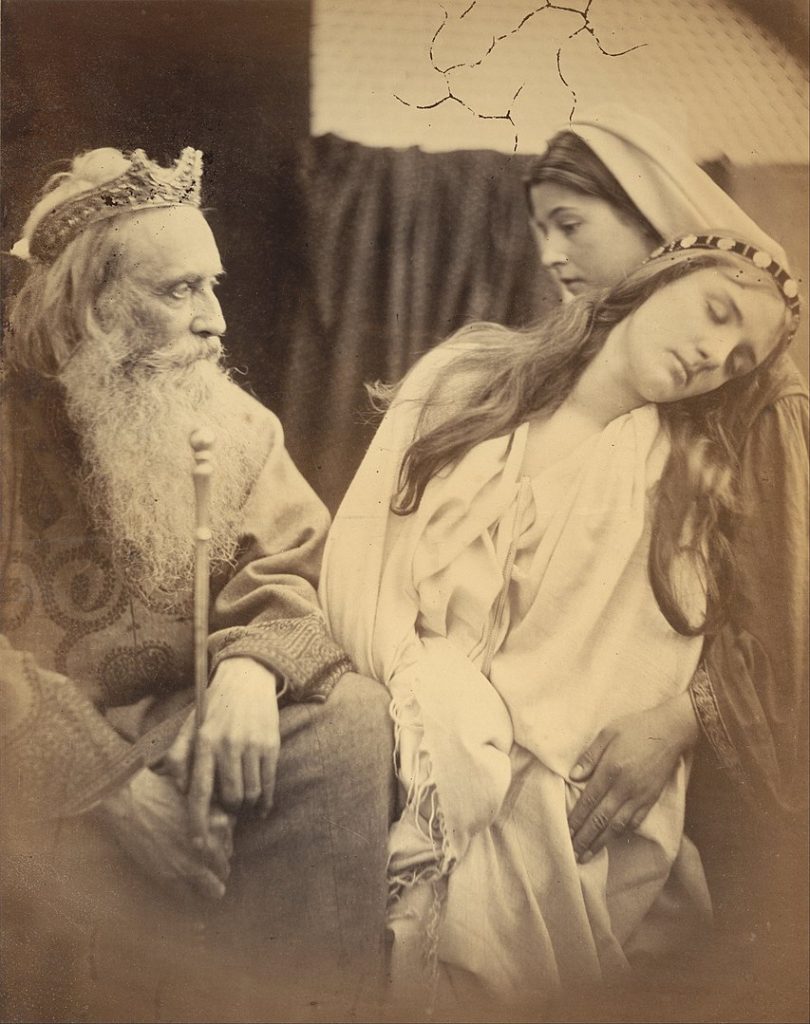
After her husband’s retirement, Cameron moved back to Ceylon (now Sri Lanka) with him in 1875, where she continued to photograph but on a smaller scale due to the limited availability of photographic materials and the tropical climate’s impact on her work. Cameron’s health declined, and she passed away in 1879, leaving behind a body of work that would only be fully appreciated posthumously.
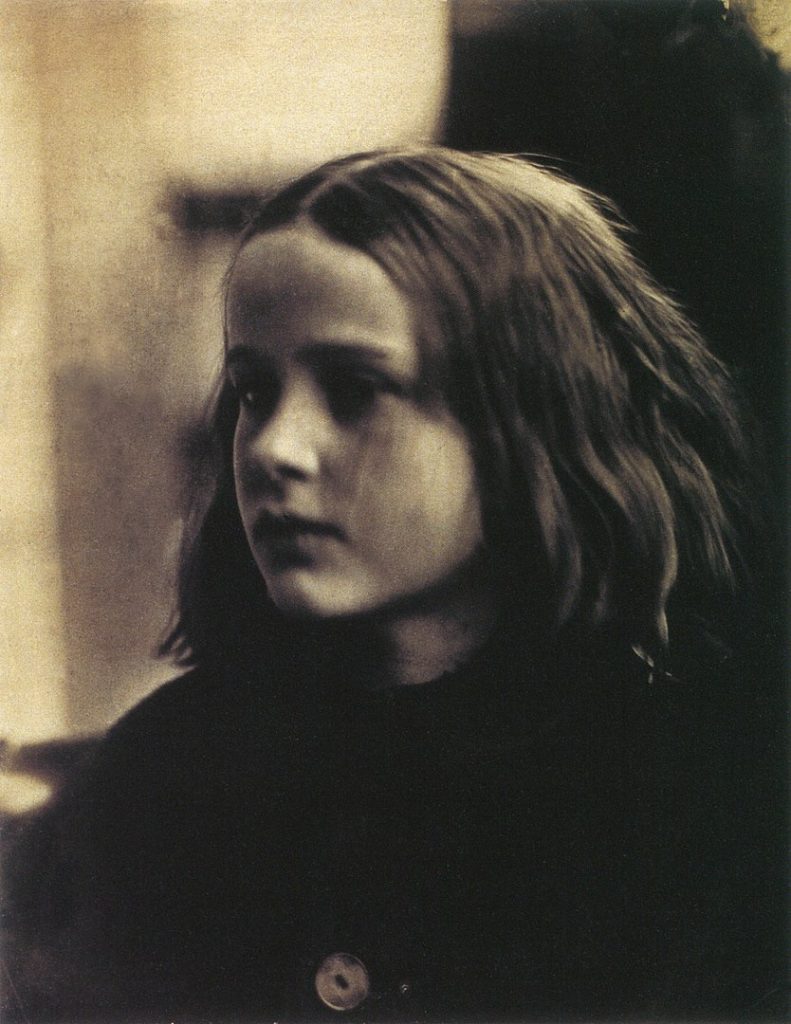
In the years following her death, Julia Margaret Cameron’s contributions to photography have been re-evaluated and celebrated. Her work is now recognized not only for its technical and aesthetic innovations but also for its profound influence on the development of portrait photography and the art form’s potential for personal and artistic expression. Cameron’s legacy is preserved in the collections of major museums around the world, including the Victoria and Albert Museum in London and the Metropolitan Museum of Art in New York, where her photographs continue to inspire and move viewers with their beauty and depth.




